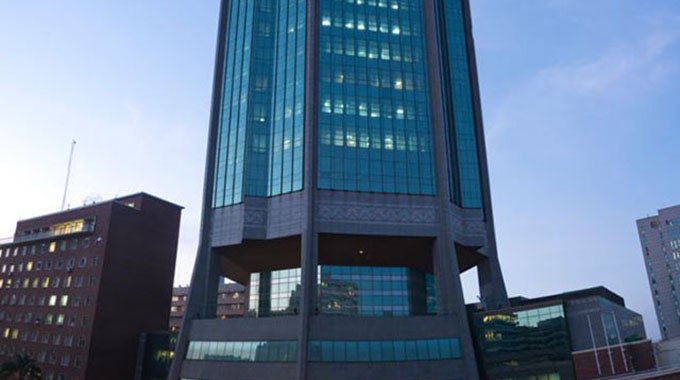|
Getting your Trinity Audio player ready…
|
By ZIMCODD
Corruption contributes immensely to ballooning public and publicly guaranteed (external and domestic) debt which according to the 2020 public Debt Bulletin is currently estimated at US$10.7 billion as of the end of December 2020, representing 72.6 percent of GDP.
There is a correlation between corruption and public debt. The World Bank defines corruption as the abuse of public office for private gain whereas public debt refers to the amount of money a country owes to lenders.
Studies conducted by Cooray and Schneider (2013) demonstrate that corruption leads to an increase in public debt and that the effect of corruption on public debt is exacerbated by increased government expenditure and the increased size of the shadow economy. Further, Apergis and Apergies (2019) explored the link between corruption and government debt through a regime-based approach. The study reveals that public debt appears to respond faster to a high corrupt regime compared to a low corrupt regime.
The Link between Debt and Corruption
A big portion of Zimbabwe’s debt is a result of grand corruption and bad governance. The Government of Zimbabwe has contributed significantly to the country’s growing indebtedness through bailing out and taking over the debts of a number of parastatals through the Reserve Bank of Zimbabwe (RBZ) Debt Assumption Act (2015). Elite’s debts have been offloaded onto the shoulders of taxpayers through Debt Assumption and the Zimbabwe Asset Management Company (ZAMCO). ZAMCO was established by the RBZ and its mandate is to buy non-performing loans from the banking sector.
Through, state capture, political elites have taken advantage of ZAMCO to borrow and transfer the burden to citizens. Below are some examples demonstrating the link between debt and corruption where debts are accrued as a result of corruption or to support rescue schemes on corrupt deals:
a) Under ZAMCO-political elites took loans from banks and failed to pay them back. The loans were then bought back by the government through ZAMCO. This means the private debt was transferred from the private sector to the public sector raising the public debt. In other terms, the burden on private banks and their shareholders was effectively transferred to taxpayers resulting in taxpayers funding the lifestyle choices of the political elites who borrowed from the banks.
b) Secondly in Zimbabwe, public procurement presents vast opportunities for rent-seeking as public officers seek bribes and other benefits including inflation of prices of goods and services. Corruption in procurement raises the cost of public debt because prices are inflated to cover bribes that are demanded by public officers. The Draxgate scandal is one such example involving a US$60 million corruption scandal over the procurement of COVID-19 medical supplies.
c) Third but not last is the government farm mechanisation program. Following the failure by the beneficiaries of the farm mechanisation program to pay back the loans, the government assumed the RBZ debt of US$1.35 billion in 2015. Suppliers may have overpriced farm equipment that was later given for free to beneficiaries but the cost was passed on to taxpayers through increased public debt. Related to this is Command Agriculture a government subsidy program that is also marred with corruption and leakages. Reports point to about US$3billion that was injected into Command Agriculture outside parliament approval.
Resolving the correlation between debt and corruption requires political will and leadership at the highest level. The government must be prepared to demonstrate the political will to arrest and prosecute perpetrators and guarantee the independence of the responsible institutions such as the judiciary and the Zimbabwe Anti-Corruption Commission. Further, there must be transparency and accountability in debt contracting. The constitution of Zimbabwe contains clauses that deal with corruption and transparency regarding debt contraction and these must be adhered to.
